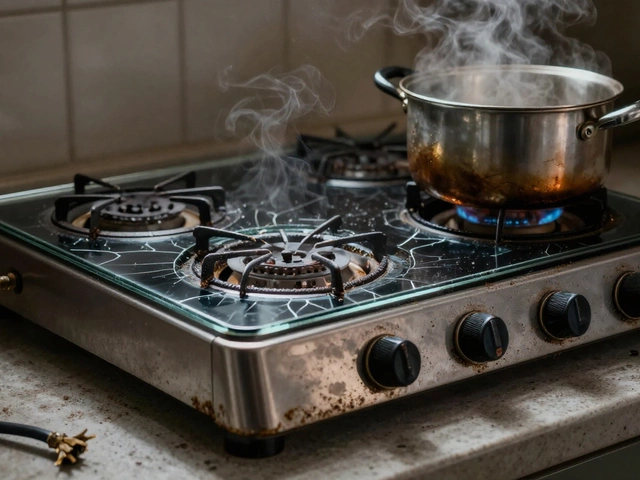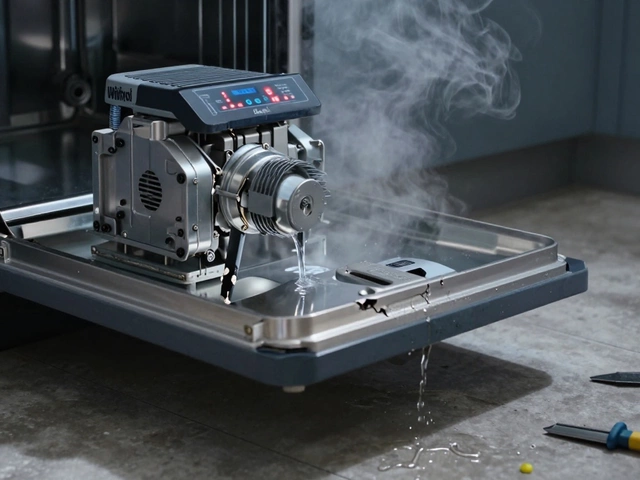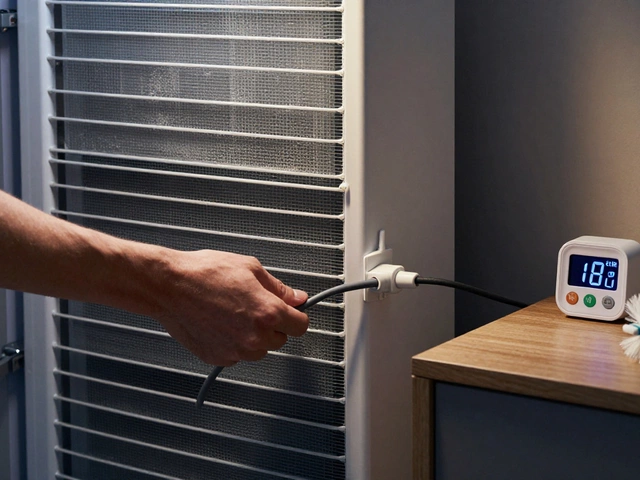No Hot Water in Shower? Here’s What’s Likely Wrong and How to Fix It
When you turn on the shower and only cold water comes out, it’s not the shower itself that’s broken—it’s almost always your water heater, a home appliance that stores and heats water for taps and showers. Also known as a hot water tank, it’s the unsung hero of your daily routine. If it fails, your showers, dishes, and laundry all suffer. The problem isn’t random; it’s usually one of four clear issues: a tripped reset button, a broken heating element, a faulty thermostat, or sediment buildup in the tank.
Many people assume the issue is with the shower valve or plumbing, but those rarely cause total loss of hot water. If your kitchen sink has hot water but the shower doesn’t, the problem is likely in the water heater’s delivery path—like a blocked dip tube or a faulty mixing valve. But if no hot water is coming out anywhere in the house, the water heater is the culprit. Electric water heaters have two heating elements, and if one burns out, you might get lukewarm water. If both go, it’s cold. Gas heaters can fail due to a broken thermocouple or pilot light. And if your heater is over 10 years old, corrosion inside the tank is a strong possibility.
Before you call a technician, check the simplest things first. Is the circuit breaker for the water heater tripped? Many units have a red reset button on the thermostat that pops out when it overheats. Pressing it might restore power. If you have an electric heater, use a multimeter to test the heating elements—if they show no continuity, they’re dead. For gas heaters, make sure the pilot light is lit and the gas valve is open. If you hear a rumbling noise when the heater runs, that’s sediment. Flushing the tank can help, but if it’s been years since you did it, the damage might be permanent.
Thermostat failure is another common cause. If the thermostat isn’t sensing the right temperature, it won’t turn the heater on. Testing it requires pulling off the cover and checking the wiring, which isn’t for everyone. If you’re uncomfortable with electrical work, don’t risk it. Same goes for replacing a heating element—it’s not hard, but water and electricity don’t mix if you’re not careful. The posts below cover these exact issues in detail: how to test a thermostat, how to replace a heating element, and when it’s cheaper to replace the whole unit than fix it. You’ll also find advice on what to look for if your water heater is leaking or making strange noises. These aren’t guesswork tips—they’re real fixes from people who’ve been in your shoes.
How to Fix No Hot Water in Shower: Step-by-Step Troubleshooting for Homeowners
- Alden Wilder
- Nov 2 2025
- 0 Comments
No hot water in your shower? Most often, it's a simple water heater issue you can fix yourself. Learn how to check power, flush sediment, test elements, and know when to call a pro.
View More




